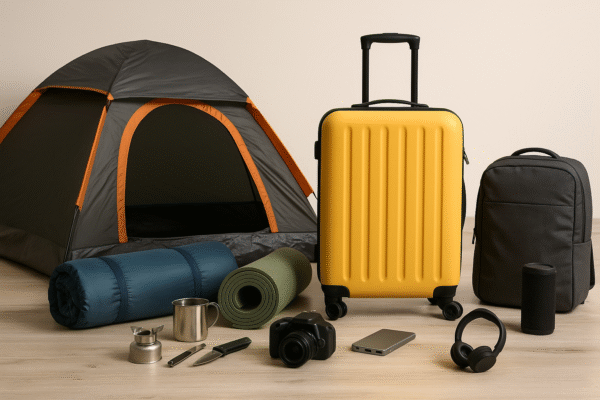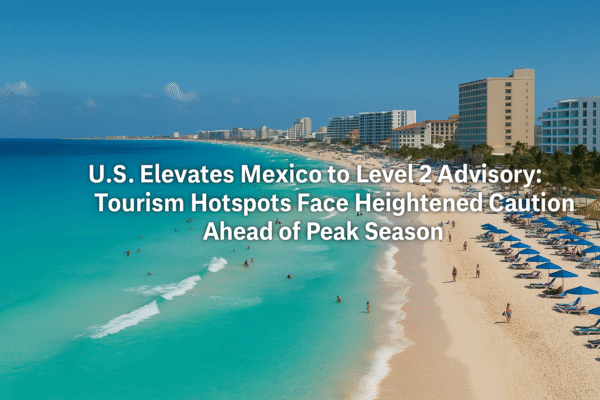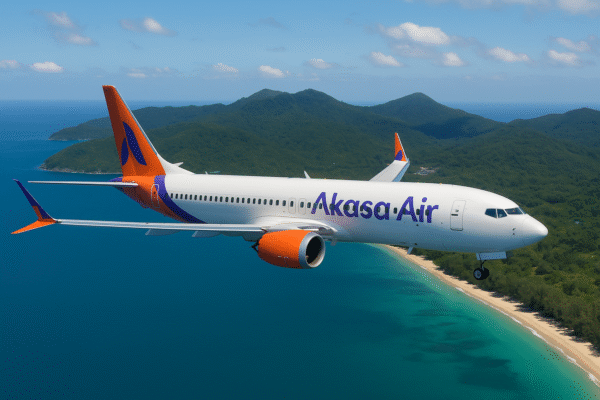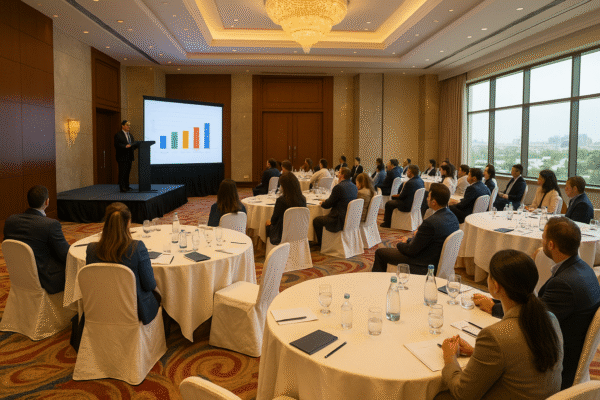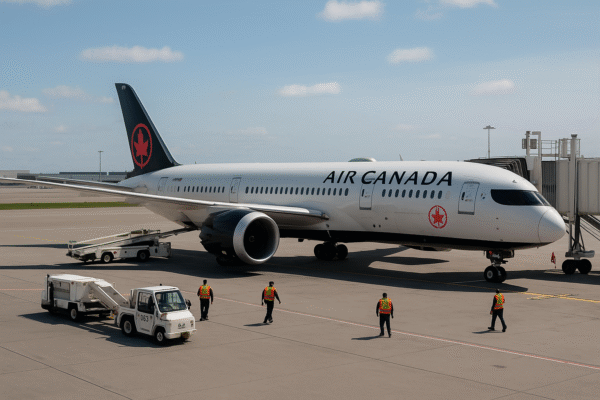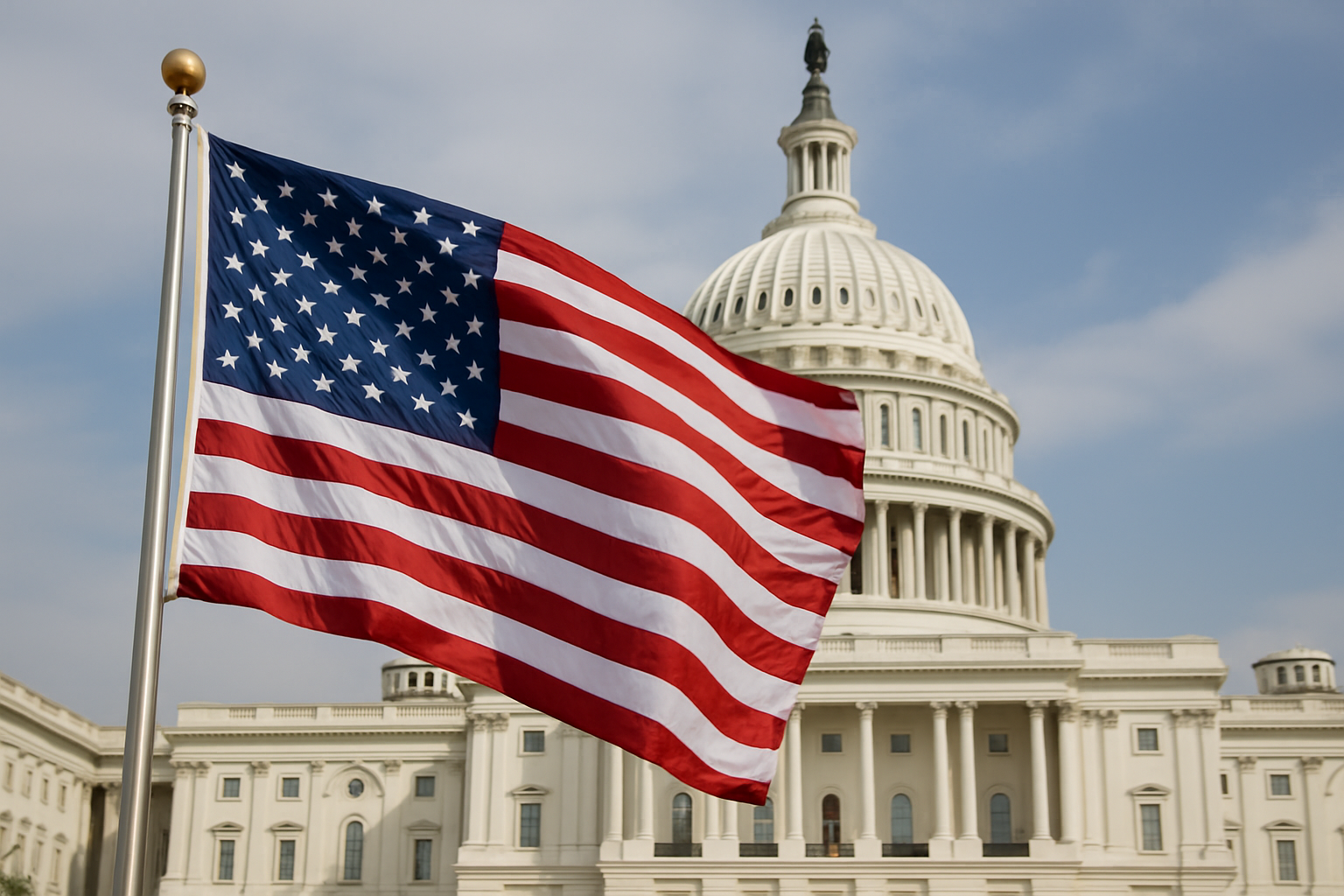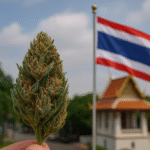Amid rising concerns within the U.S. immigrant workforce, questions have resurfaced regarding potential re-entry complications for H-1B visa holders following extended stays abroad—particularly in light of recent anecdotal reports involving three individuals denied re-entry to the U.S. after spending two months in India. Though no official update has been issued by U.S. authorities, the incident has amplified confusion and fueled speculation within the international professional community.
With over 580,000 active H-1B visa holders in the U.S.—primarily from India and China—understanding the intricacies of travel and re-entry policy is vital for compliance, job security, and peace of mind.
No Official 60-Day Restriction—But Discretion Applies
According to the U.S. Citizenship and Immigration Services (USCIS), there are no formal travel limits for H-1B visa holders. However, extended absences can invite additional scrutiny from U.S. Customs and Border Protection (CBP) officers, especially at preclearance locations such as Toronto Pearson, Abu Dhabi, and Dublin.
Border officials have discretionary authority to determine whether a returning individual continues to meet the conditions of their visa. This means that even if an H-1B visa stamp is valid, travelers may be questioned on whether they are still actively employed, raising red flags if recent employment cannot be proven.
Thus, while a 60-day absence in itself is not a legal violation, the burden of proof shifts to the traveler to verify continuity of employment.
What Is the H-1B Visa?
The H-1B visa is a nonimmigrant classification reserved for individuals employed in specialty occupations, such as IT, engineering, finance, and research roles. Typically issued for three years with the possibility of extension to six years, this visa is a linchpin of the U.S. tech and innovation economy.
Visa holders are tied to a specific employer and role, meaning that changes in job status can directly impact legal status. Unlike green card holders or U.S. citizens, H-1B workers must be prepared to prove employment status during every re-entry.
Best Practices Before Traveling Abroad
To ensure seamless re-entry into the U.S. after international travel—especially trips lasting longer than four weeks—H-1B holders are strongly advised to take proactive steps:
- Maintain Active Employment:
Continued employment with your sponsoring U.S.-based employer is non-negotiable. Being on payroll is essential. - Collect Pay Stubs:
Recent pay slips (at least the last two) serve as tangible proof that the individual is actively working and not on an extended, unpaid leave. - Carry the I-797 Approval Notice:
This crucial USCIS document confirms your current H-1B status and must be presented at the port of entry. - Secure an Employment Verification Letter:
This letter—dated within the last month—should be on company letterhead and state your job title, start date, responsibilities, and confirmation of active employment. - Legal Opinion Letters:
If you have special circumstances such as remote work from abroad, a legal opinion from your immigration attorney can help justify your travel timeline. - Prepare for Secondary Screening:
In cases where CBP officers require more evidence, travelers may be placed into secondary inspection. Having all documents readily available can reduce time and stress.
Travel Pitfalls to Avoid
- Overstaying Abroad Without Proof of Employment:
Spending 60 days or more abroad without pay stubs or job verification increases the likelihood of re-entry complications. - Using Preclearance Airports:
Locations like Dublin and Toronto may seem convenient but often subject travelers to rigorous questioning. Entry can be denied even before boarding. - Neglecting Document Copies:
Keep digital and printed copies of all vital paperwork—including tax filings, offer letters, and previous H-1B approval notices. - Frequent or Unexplained Travel:
Multiple long-duration absences could suggest abandonment of job responsibilities, which weakens your case for re-entry.
Lack of Formal Policy Creates Grey Areas
U.S. immigration laws do not clearly specify a “safe” number of days H-1B visa holders can spend outside the country. The focus instead lies in whether the individual remains an active, full-time employee with the sponsoring company.
In recent months, immigration law firms have reported an uptick in clients facing re-entry challenges—not due to illegal travel durations but rather due to insufficient documentation or miscommunication with CBP officials.
What Employers and Immigration Experts Recommend
Leading immigration attorneys suggest H-1B holders notify employers before planning long trips. Some firms require workers to document international travel formally and coordinate with legal departments to prepare re-entry packets.
Companies may also provide a travel compliance memo, outlining the employee’s role and explaining that the absence is within permitted policy limits—especially useful if the employee is on an approved leave or working remotely.
Conclusion: Preparation Is the Best Policy
There is currently no confirmed 60-day travel limit imposed on H-1B visa holders. However, discretion at the border can lead to re-entry denials if the traveler lacks adequate proof of continued employment.
As the immigration landscape remains dynamic in 2025, H-1B visa holders are advised to stay informed, travel responsibly, and ensure all employment-related documents are in order. When in doubt, consulting with immigration counsel prior to travel can safeguard against potential complications and avoid delays at re-entry checkpoints.
By preparing thoroughly and understanding your rights and responsibilities, you can ensure a smoother journey back to the U.S.—and keep your career moving forward without disruption.
For more travel news like this, keep reading Global Travel Wire

